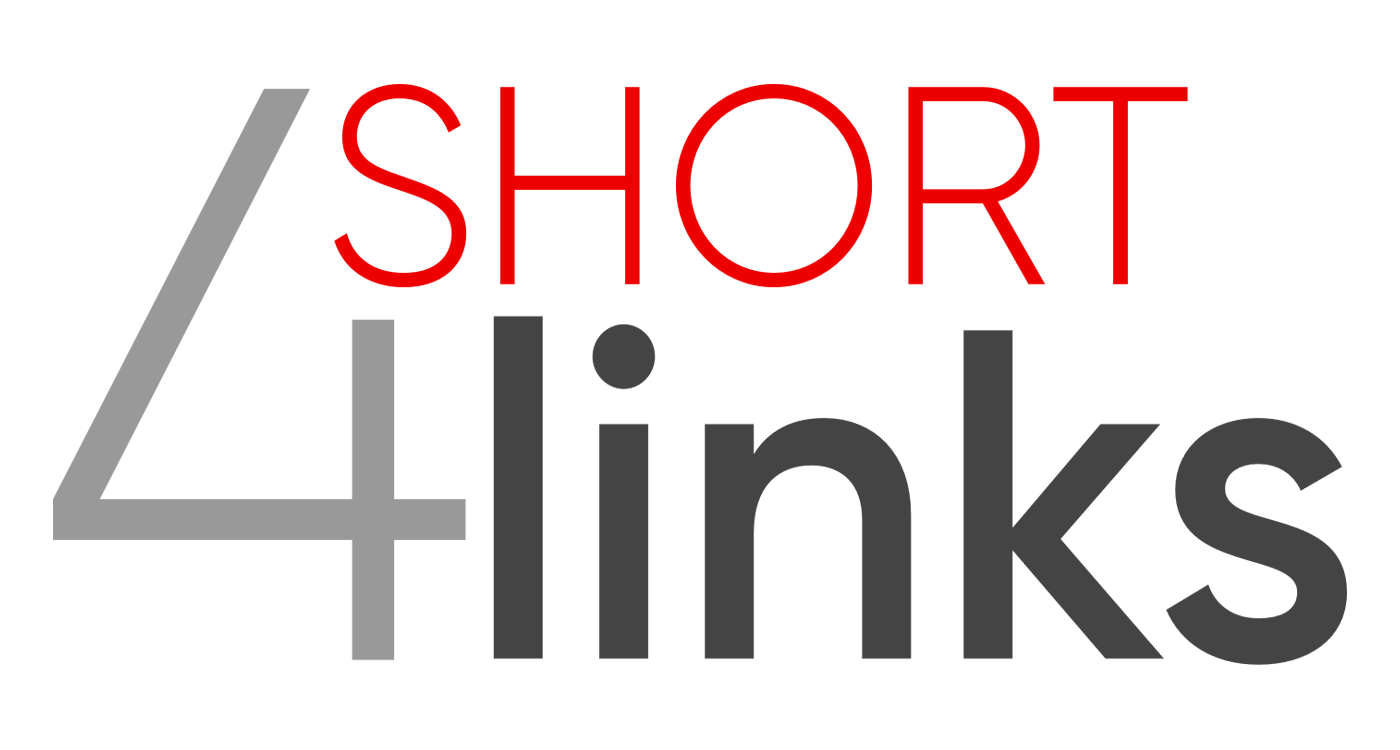Four short links: 7 Aug 2020
Operations Research, Shell and Programming Language, Knowledge Graphs, and Visual Programming

- Surprising Economics of Load-Balanced Systems — I have a system with c servers, each of which can only handle a single concurrent request, and has no internal queuing. The servers sit behind a load balancer, which contains an infinite queue. An unlimited number of clients offer c * 0.8 requests per second to the load balancer on average. In other words, we increase the offered load linearly with c to keep the per-server load constant. Once a request arrives at a server, it takes one second to process, on average. How does the client-observed mean request team vary with c?
- Crush — Crush is an attempt to make a traditional command line shell that is also a modern programming language. It has the features one would expect from a modern programming language like a type system, closures and lexical scoping, but with a syntax geared toward both batch and interactive shell usage. I’m not convinced this is where programming belongs, but some of the examples are shell power-user dreams.
- Deep Graph Learning Knowledge Embedding — DGL-KE is a high performance, easy-to-use, and scalable package for learning large-scale knowledge graph embeddings. The package is implemented on the top of Deep Graph Library (DGL) and developers can run DGL-KE on CPU machine, GPU machine, as well as clusters. Open source, from Microsoft. (via Amazon Science)
- Flume — Open source React library to create your own visual programming language (drag-and-drop function nodes with connectors between them).
